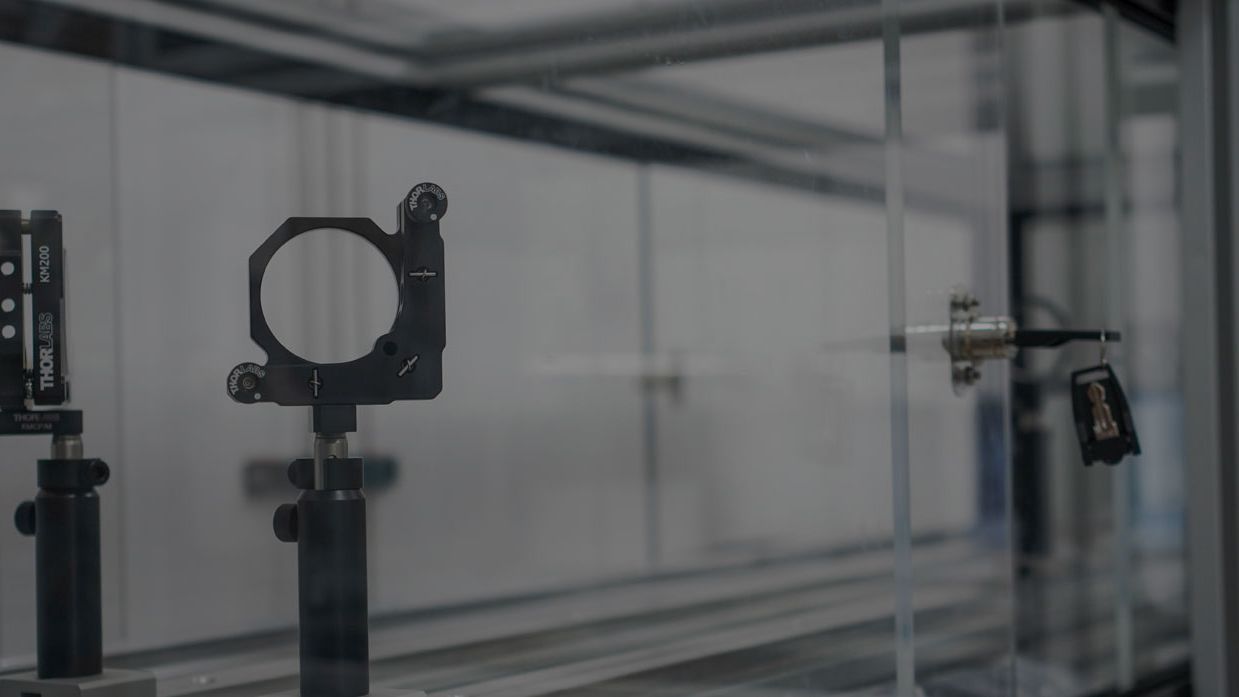highlights
- Established a theoretical base to identify the most promising materials/heterostructures and understand the new functionalities relevant for electronic applications.
- Grown oxide films on commercial substrates with a quality comparable to state-of-the-art semiconductor growth.
- Established their patterning and processing conditions within the boundary conditions of current fabrication technologies.
- Characterized their structural, electronic and magnetic properties to deliver concepts for novel charge and/or spin-based devices in the areas of memories, logic and sensor applications.
Investigations included ferroelectric and ferromagnetic oxides, as well as artificial multiferroic heterostructures (deposited on large-area silicon substrates). The final deliverables were concepts for multifunctional magneto-electronics devices controlled by electric and magnetic fields and ultimately by ultra-short light pulses.
The consortium of world leaders in the areas of theory, oxide deposition, lithography, device fabrication, and various characterization techniques allows full control of all interface properties dominating the physical behavior of oxide nano and heterostructures.
The goals of IFOX have been driven by the needs of a large automotive company (FIAT) seeking to use oxides in electronic sensors for MtM and automotive applications.
It was further supported by two SMEs with expertise and infrastructure for epitaxial oxide growth on Si with the goal of transferring academic knowledge to industry.The research leading to these results received funding from the European Community’s Seventh Framework Programme (FP7/2007-2013) under grant agreement n° NMP3-LA-2010-246102.

